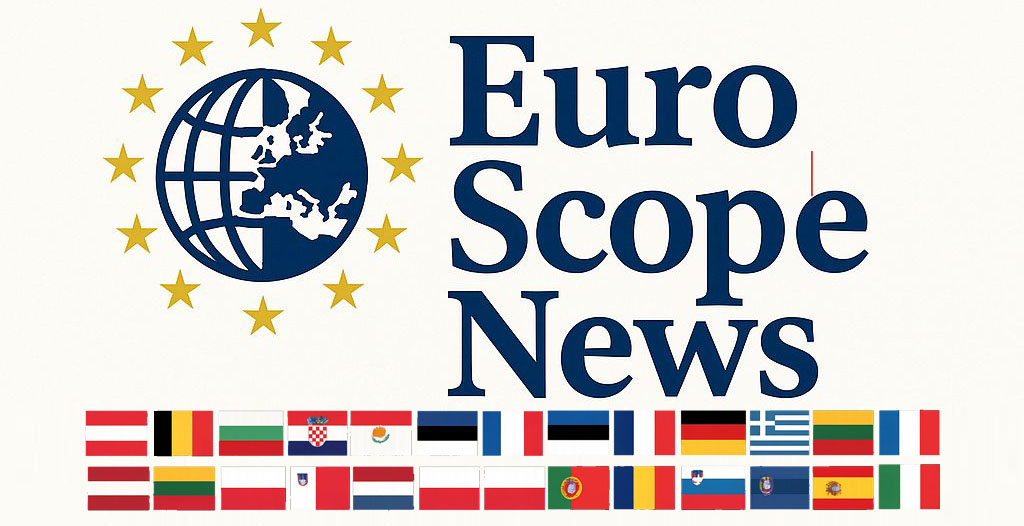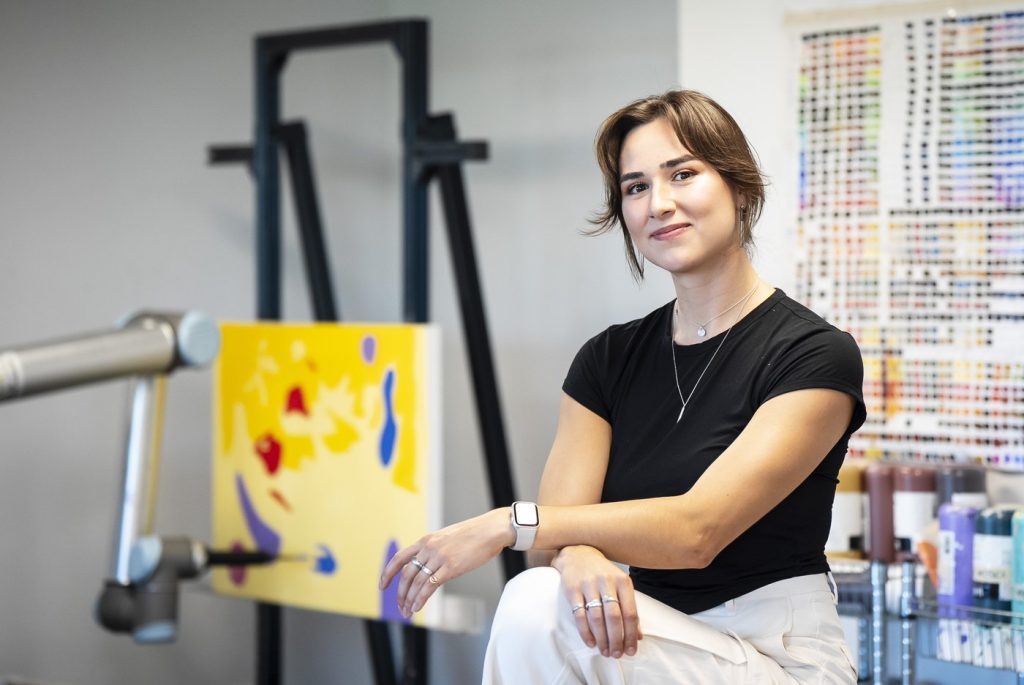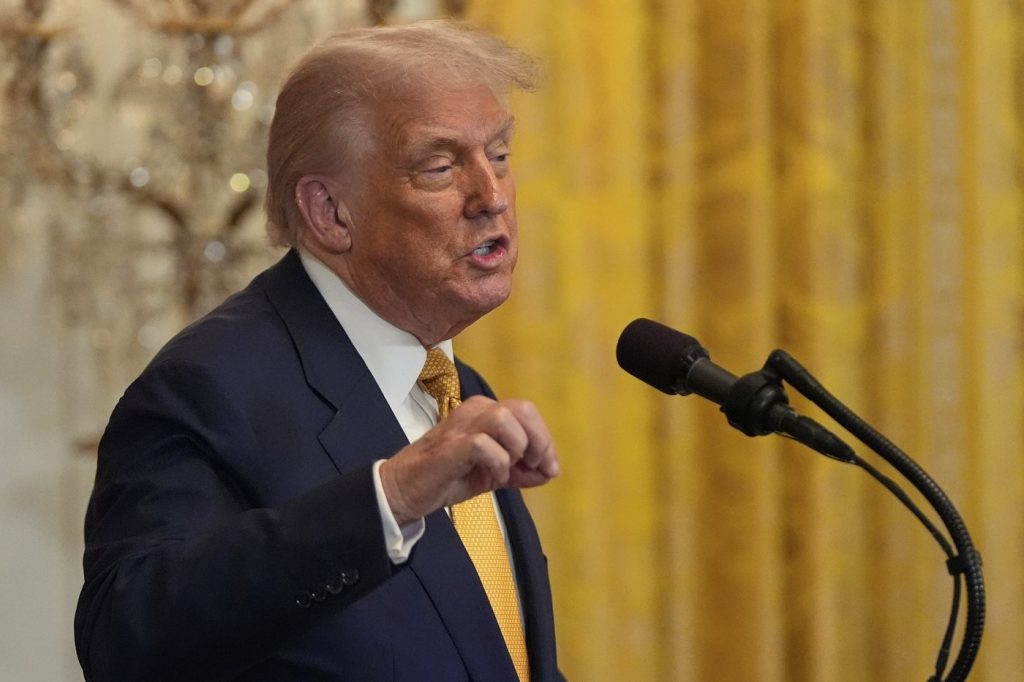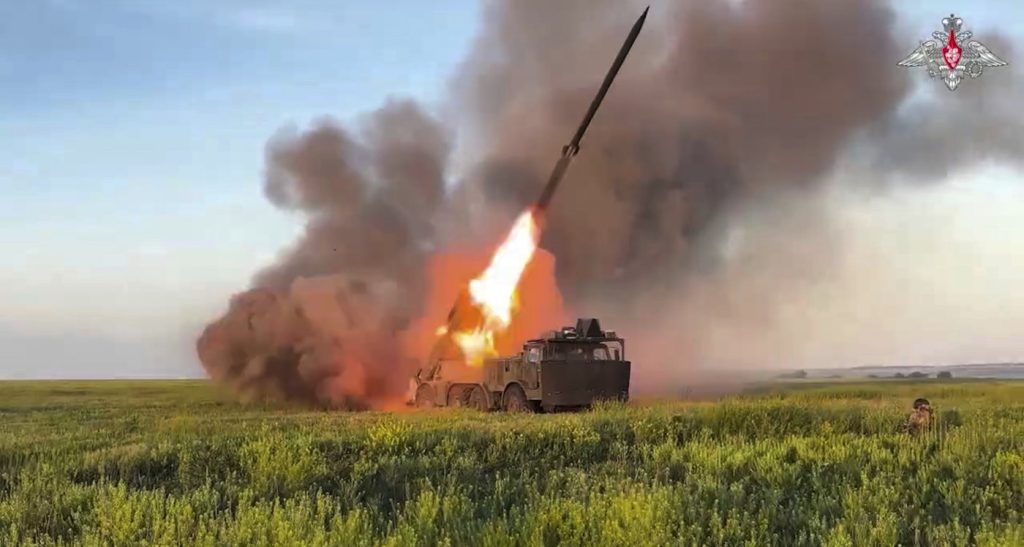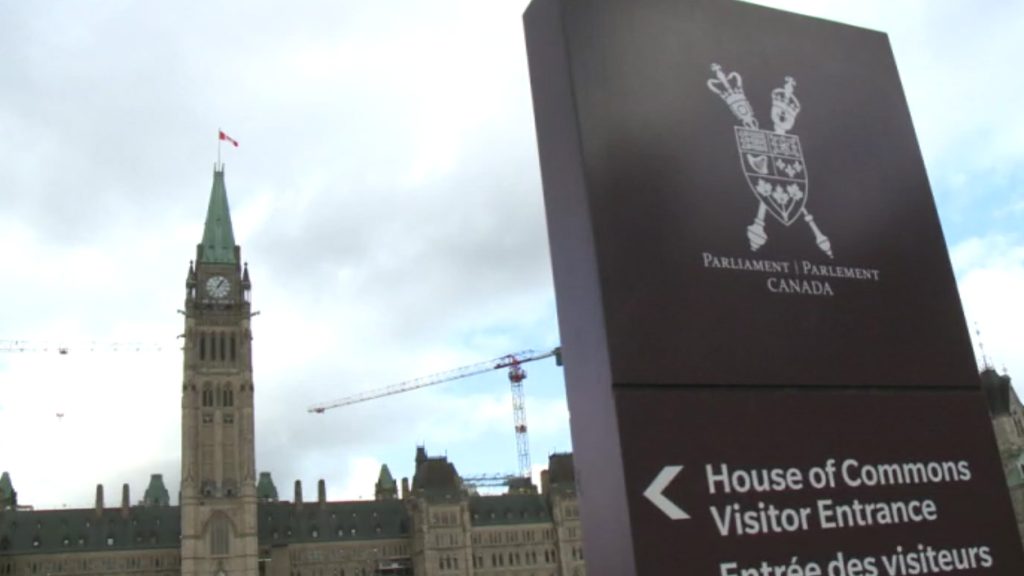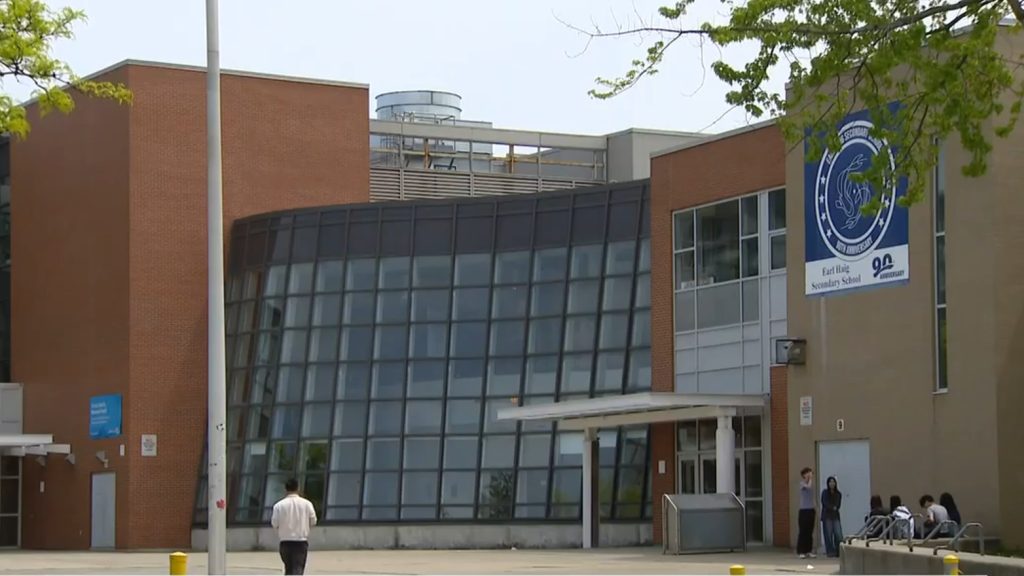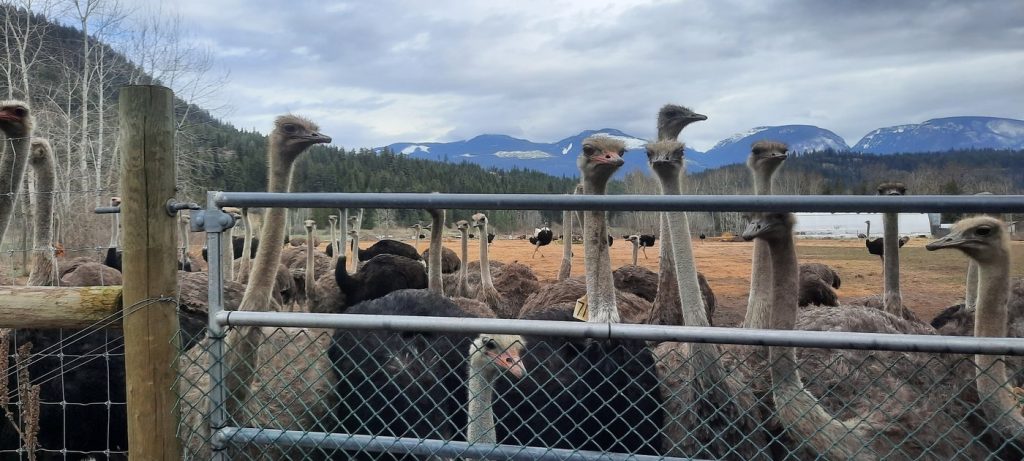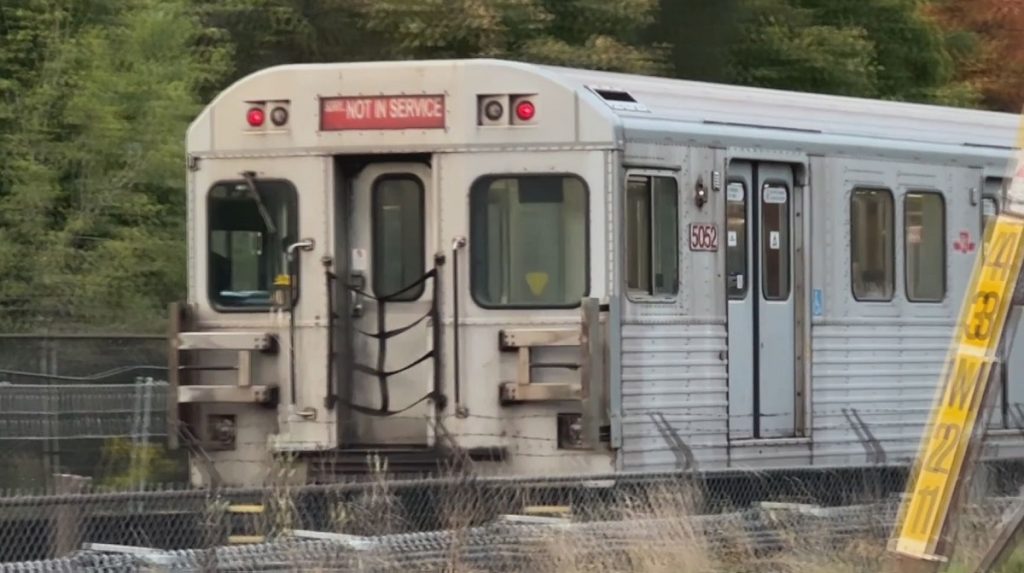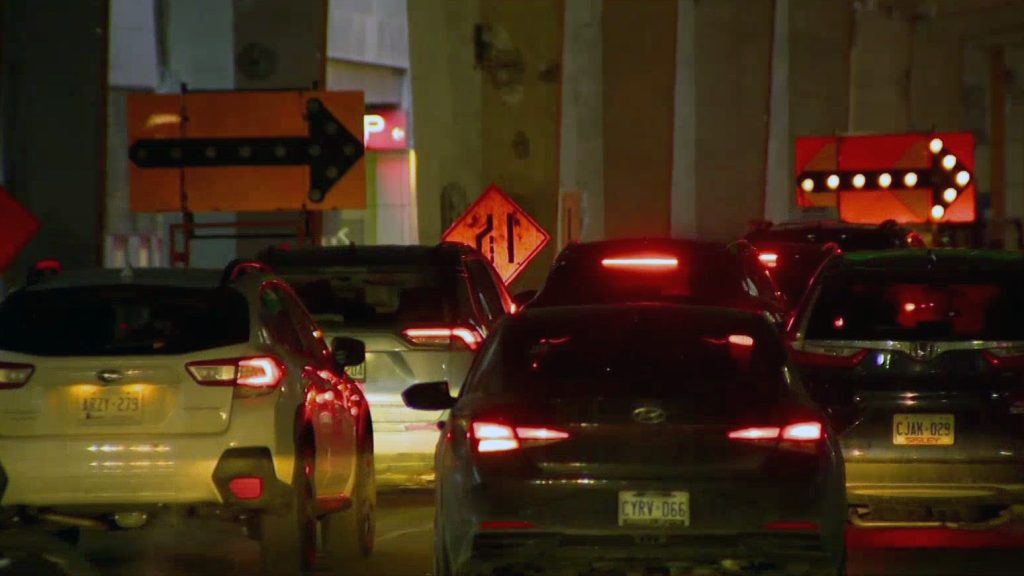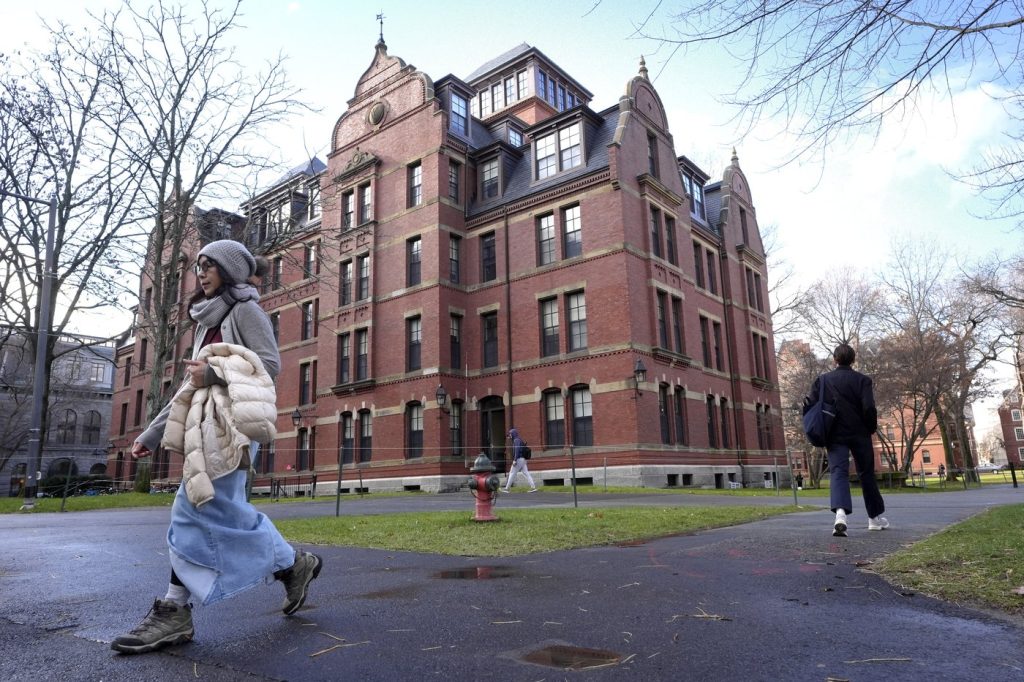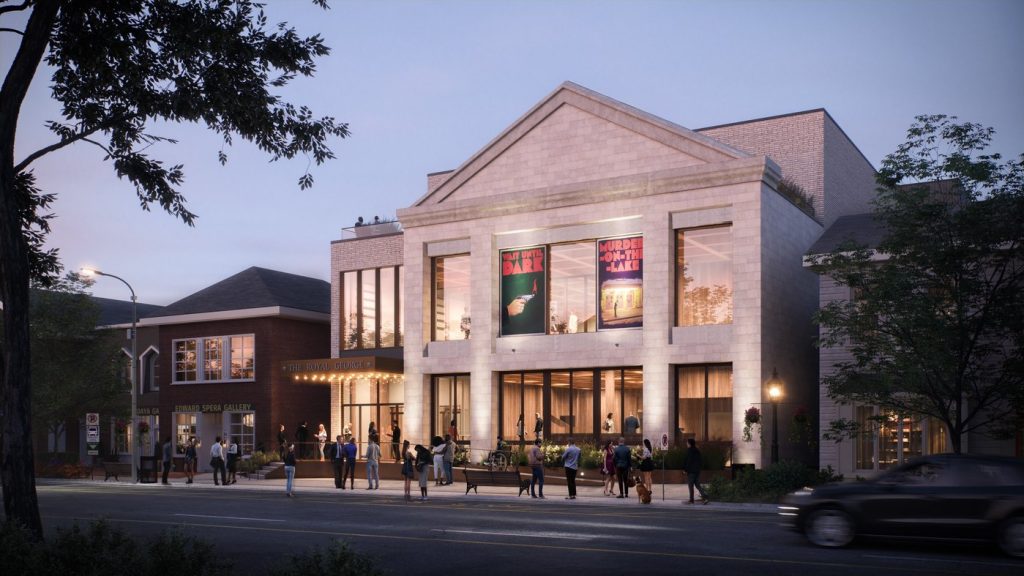In the early 1990s, renowned Indigenous artist Norval Morrisseau and his friend Cory Dingle came across a painting in a Vancouver gallery, which they discovered was falsely attributed to Morrisseau himself, though he had never seen it before. This moment became a precursor to a significant issue that would plague Morrisseau’s estate, as thousands of forgeries emerged, resulting in a staggering loss of approximately $100 million. Authorities categorized this widespread phenomenon as the largest art fraud in history.
The challenge of identifying these fakes proved daunting, requiring collaboration between galleries, collectors, and experts. As the art community struggled to combat this issue, Morrisseau’s estate, guided by Dingle, sought innovative solutions, leading to the creation of artificial intelligence tools to help in verifying the authenticity of Morrisseau’s works.
Approximately three years ago, the estate partnered with two professors to develop a program called "Norval AI." This software analyzes and assesses art pieces, delivering a probability score to help determine if a painting is genuinely crafted by Morrisseau. Dingle noted that because the forgeries were so poor, the AI’s success rate in identifying them was remarkably high. However, with advancements in forgery techniques—such as thinner paint lines which have emerged throughout ongoing court cases—the task of detecting fakes became increasingly complex.
Amid these developments, Chloë Ryan, a former engineering student and abstract artist, ventured into utilizing technology to create art. She founded Acrylic Robotics, which employs technology to replicate artwork based on an artist’s specifications. The process involves an artist creating an initial painting with a stylus that feeds data into a system powered by Amazon Web Services, capable of analyzing intricate details such as stroke patterns, brush pressure, and paint viscosity.
Acrylic Robotics subsequently uses this detailed data to enable a robotic arm to paint replicas that Ryan claims are indistinguishable from originals. However, since Morrisseau passed away, the challenge became teaching the robot to emulate his unique artistic style. Dingle commissioned Ryan to create autonomous reproductions of Morrisseau’s work, which involved several iterations and consultations between Acrylic Robotics and the estate to refine the robot's technique. Early prototypes revealed discrepancies that were characteristic of Morrisseau’s style, such as stopping mid-stroke to reload paint—an action that was atypical for the artist.
Currently, the robot's creations are approximately 69% accurate, with expectations of improvement as the team continues to work on the project. Dingle expresses caution, however, about reaching 100% accuracy for fear of producing items that could be mistaken for genuine art without proper safeguards against forgeries. Ryan echoes these concerns, emphasizing the need for responsible dissemination of these reproductions and the importance of consulting with communities affected by art forgery.
Both Dingle and Ryan are now exploring a range of marking techniques or features that can be embedded within these replicas to clearly identify them as reproductions, ensuring that they cannot be misrepresented. The aim is to release Morrisseau’s artistic legacy responsibly, particularly for communities that benefit from his work in educational and healing contexts. Dingle believes this endeavor will enable more people to experience Morrisseau’s artistry, particularly in educational institutions and healing environments that cannot afford original pieces.
